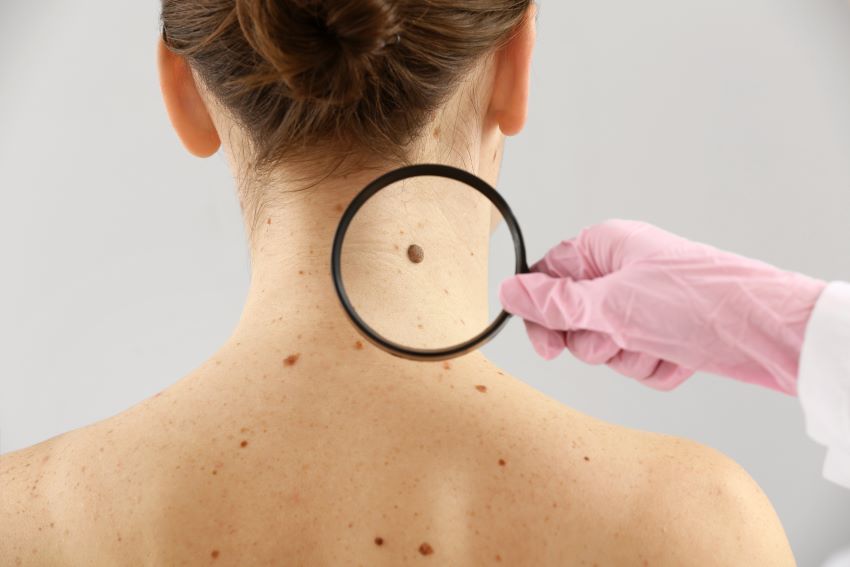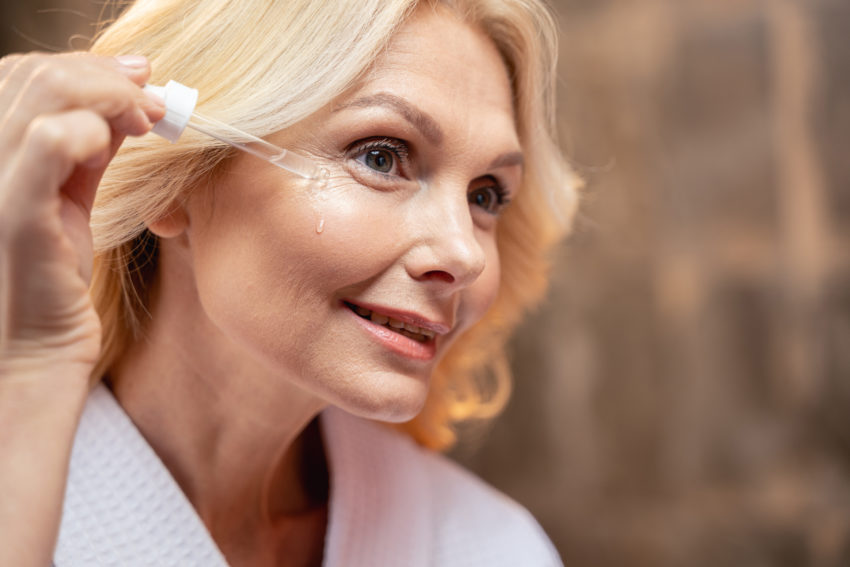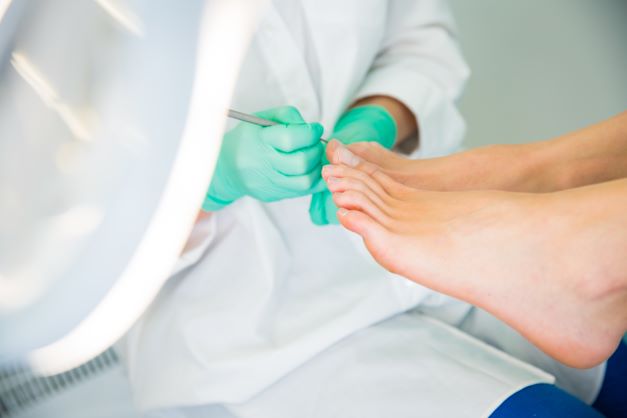What is Hyaluronic Acid? Hyaluronic Acid (HA) is a molecule that is found throughout our bodies in our fluids and…

 Skin
Skin
A Guide to Understanding Different Skin Cancer Types and Treatments
What is Skin Cancer?
Skin cancer occurs when skin cells grow and transform abnormally. When these abnormal cells grow, they form into a tumor. If the tumor is malignant, this means they are cancerous; if the tumor is benign, it is not cancerous.
Skin Cancer Stats
- Skin cancer is the most common form of cancer in the United States.
- About 9,500 people in the US are diagnosed with skin cancer daily
- More people are diagnosed with skin cancer each year than all other cancers combined in the United States.
- Individuals with fair skin, freckles, and those who burn easily are at a higher risk for developing skin cancer.
- People with unusual moles, a lot of moles, or large moles at birth are also at a higher risk.
- Men over the age of 50 are at higher risk for developing skin cancer than the general population.
Different Types of Skin Cancer
There are three main different skin cancer types: Basal cell carcinoma, squamous cell carcinoma, and melanoma skin cancer.
Basal cell carcinoma (BCC) is the most common type of skin cancer. BCC looks like a pink patch of skin, a pearl-like bump, or a skin-colored round growth. BCCs are mostly found on the head, neck, and arms as these areas of the body get sun exposure more so than others.
Squamous cell carcinoma (SCC) is the second most common type of skin cancer. SCC appears as a firm red bump, a scaly patch of skin, or a sore that continuously reopens. SCC typically forms on the ears, face, neck, arms, chest and back.
Melanoma is the least common, but most dangerous type of skin cancer. Melanoma skin cancer can develop in a mole that you already have or can appear as a new dark lesion on your skin. Other and more uncommon types of skin cancer are cutaneous T-cell lymphoma, dermatogofibrosarcoma protueberans, merkel cell carcinoma, and sebaceous carcinoma.
To catch skin cancer in its early stages, you should conduct self-exams and follow the ABCDE rule for detection pictured below. If you believe that a spot may be cancerous, call your doctor. Skin cancer diagnosis will typically come from your dermatologist if they find an abnormal growth during an exam. Doctors may use a device called the derma scope to scan a skin lesion that might be cancerous. Additionally, a biopsy (skin sample) can be taken to examine the skin cells microscopically to determine if cancer cells are present.
Risk Factors or Causes of Skin Cancer
The most common cause of skin cancer is the UV radiation from the sun. Artificial sunlight (tanning booths), impairment of the immune system, exposure to extreme levels of radiation (X-rays), and contact with certain chemicals are also risk factors of skin cancer.
Skin Cancer Treatment
Treatment for skin cancer depends on what type of skin cancer you are suffering from and the size of the cancerous tumors.
For basal cell carcinoma and squamous cell carcinoma, treatment typically involves just a simple surgical removal of the tumor. For malignant melanoma, treatment is more intense as the cancer is much more aggressive than the other two kinds. It can require different types of combinations of the following methods: surgery, radiation therapy, immunotherapy, and chemotherapy. When seeking treatment for melanoma, it is recommended to get opinions from a dermatologist, a cancer surgeon, and an oncologist.
Dermatology medications can be prescribed to treat basal cell carcinoma and squamous cell carcinoma as well; BCC and SCC respond well to different types of medications. For BCC, the drug Vismodegib helps to disrupt the growth of proteins, and shrink big basal cell skin cancers in the tissue before it spreads throughout the body. Squamous cell cancer can be treated with chemotherapy drugs, retinoids, or medications related to Vitamin A. All of these medications help to prevent the spreading and growth of SCC.
Skin Cancer Prevention
To reduce your risk of skin cancer, follow these guidelines set forth by The Skin Cancer Foundation:
- Avoid strong sunlight, especially between 10 AM and 4 PM
- Avoid tanning, and never use tanning beds.
- Wear clothing, hats, and UV-blocking sunglasses
- Use a broad-spectrum (UVA/UVB) sunscreen with an SPF of 30 or higher every day.
- Conduct self-exams each month.
- Visit your dermatologist annually for a skin exam.
Sources
This blog is based on research and/or other scientific articles and is written by our experienced Chief Strategy Officer and Pharmacist, Ronak Desai. This blog is fact checked by our educated Pharmacist in Charge, Darshan Patel, who additionally runs our Apotheco Manhattan location.
Here at Apotheco Pharmacy Group, our goal is to provide the most up to date and accurate information on health and dermatology related topics. We do this to ensure our readers can make informed decisions based on factual content. All blogs undergo an extensive review process before posted.
This blog contains trusted sources. All sources are listed at the bottom of this article with hyperlinks that take you directly to the source.






